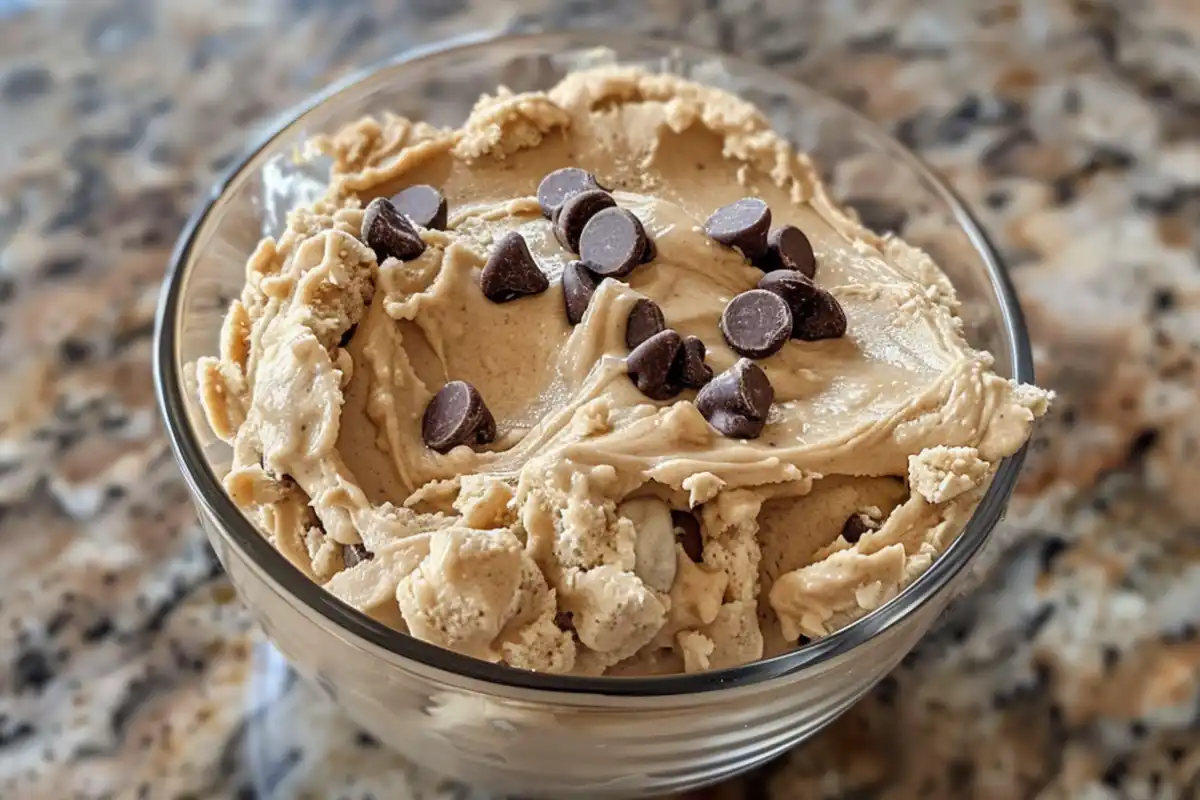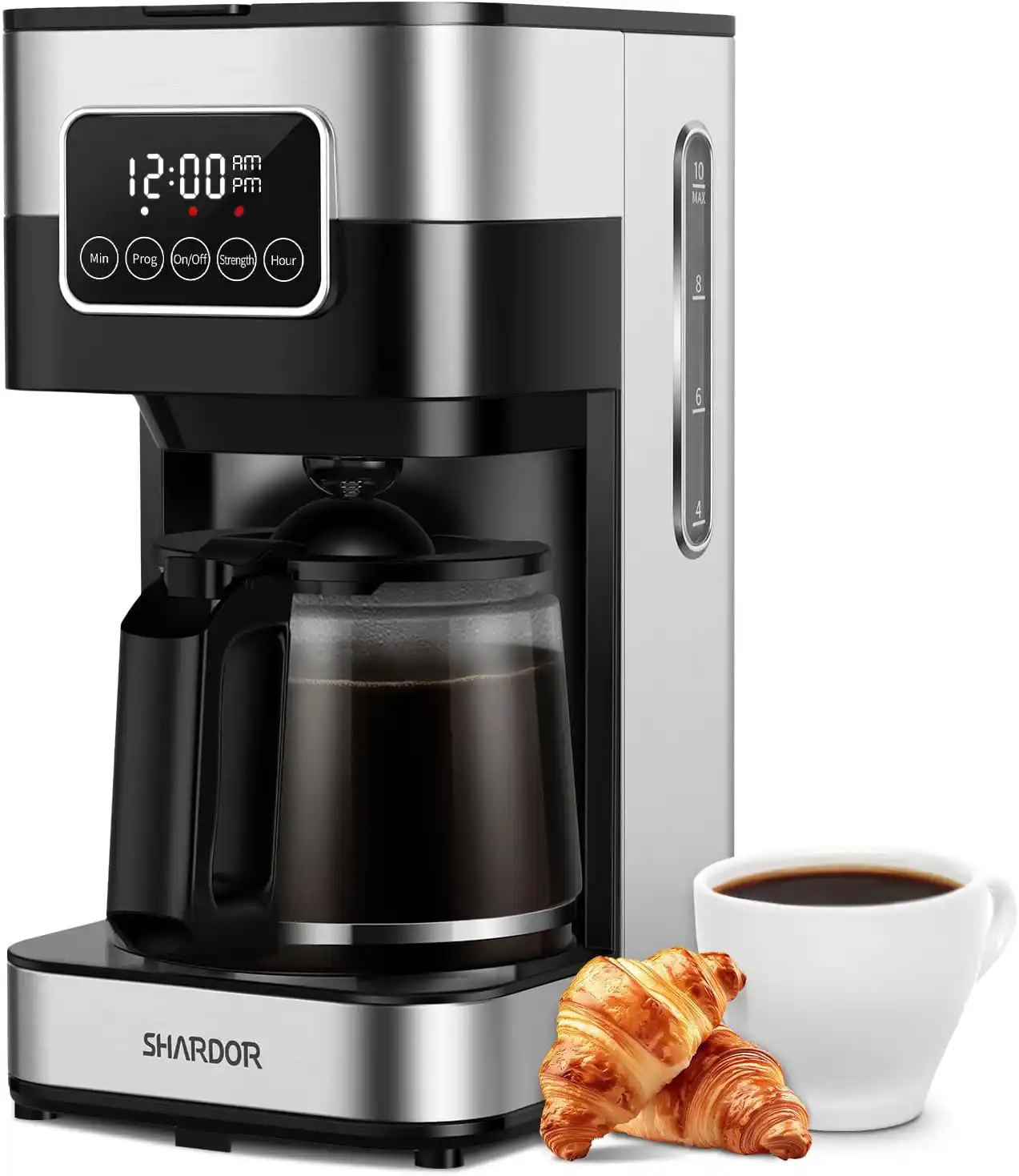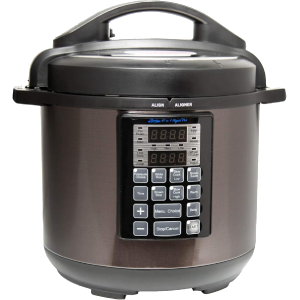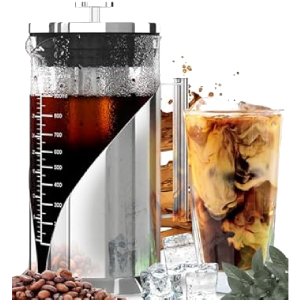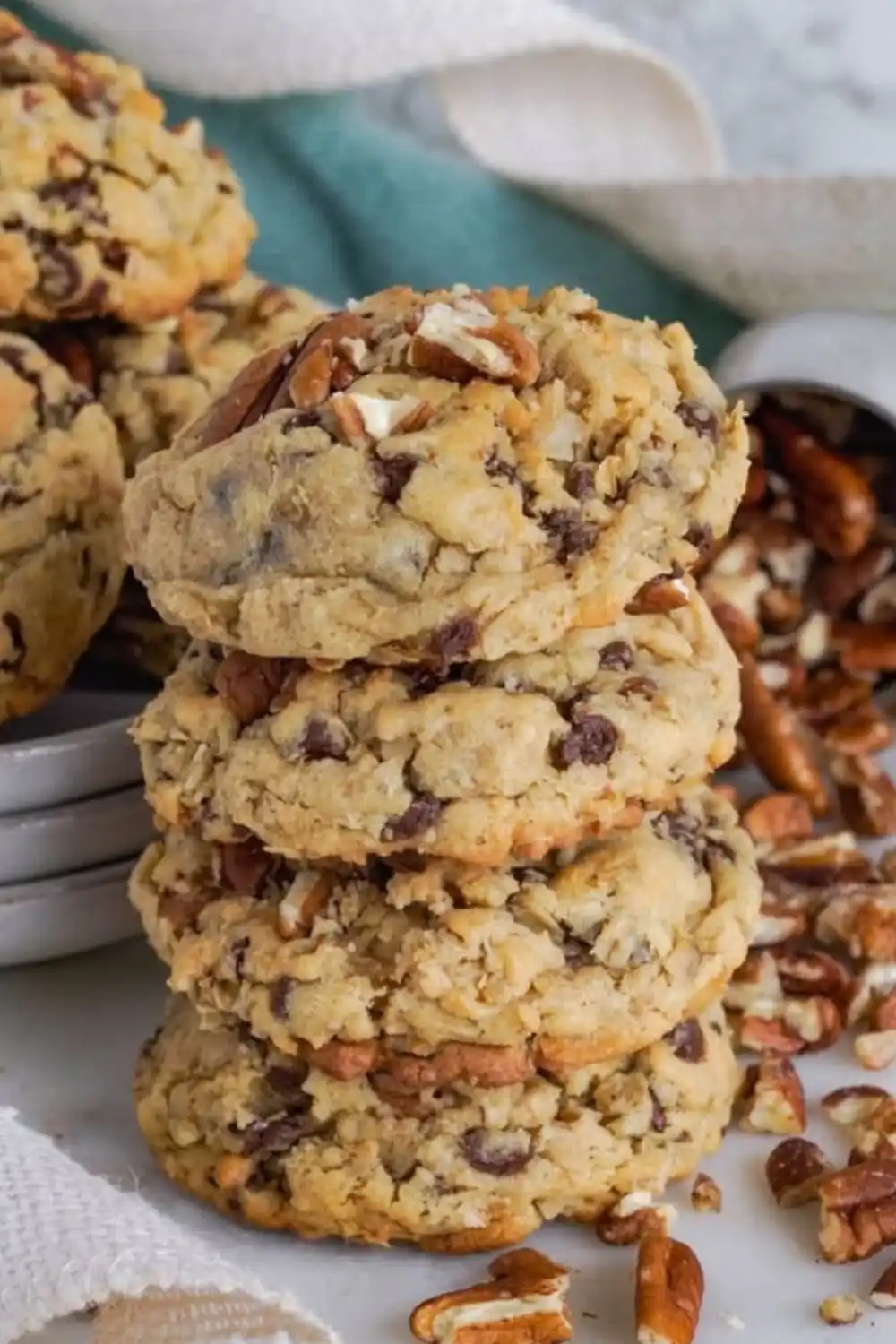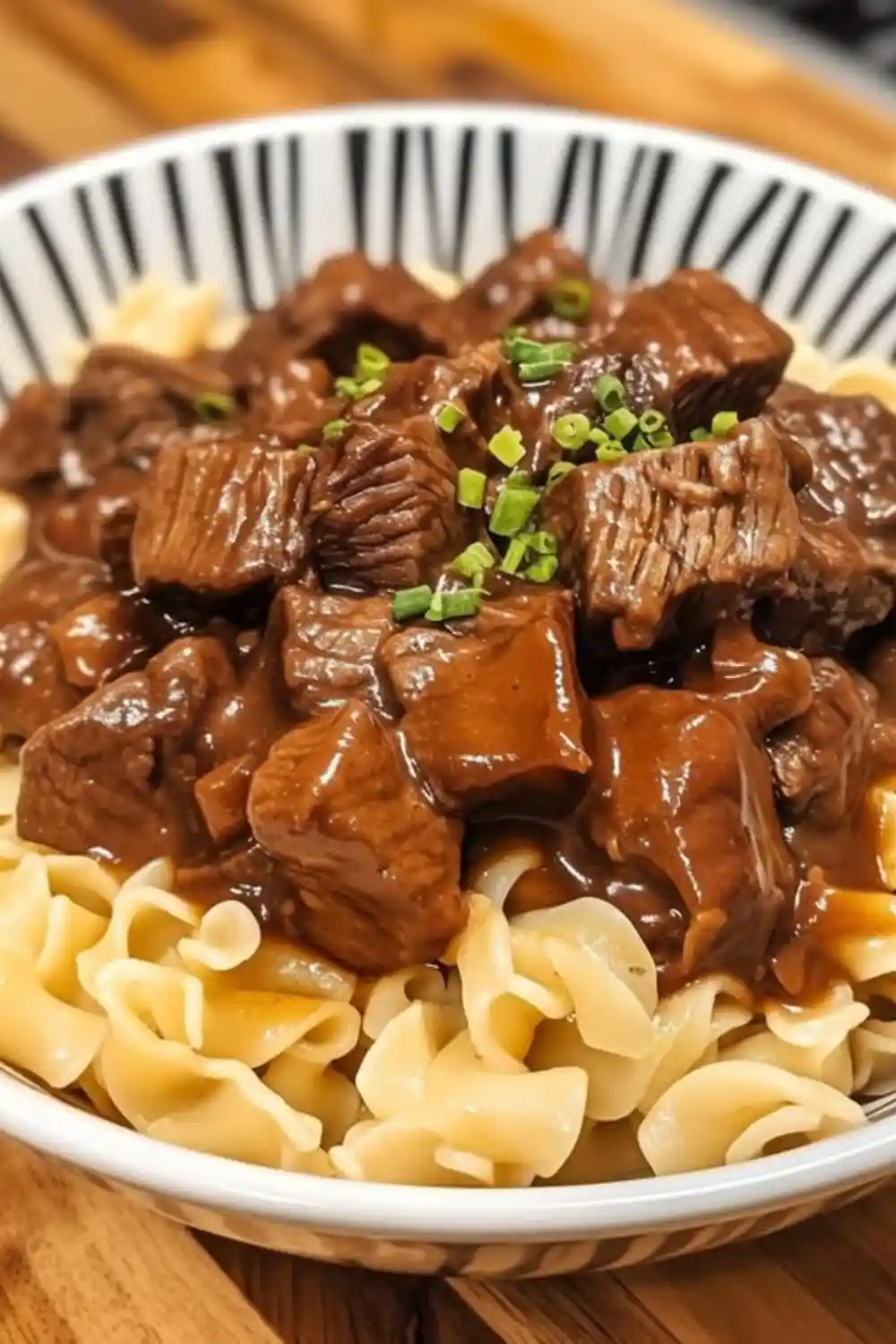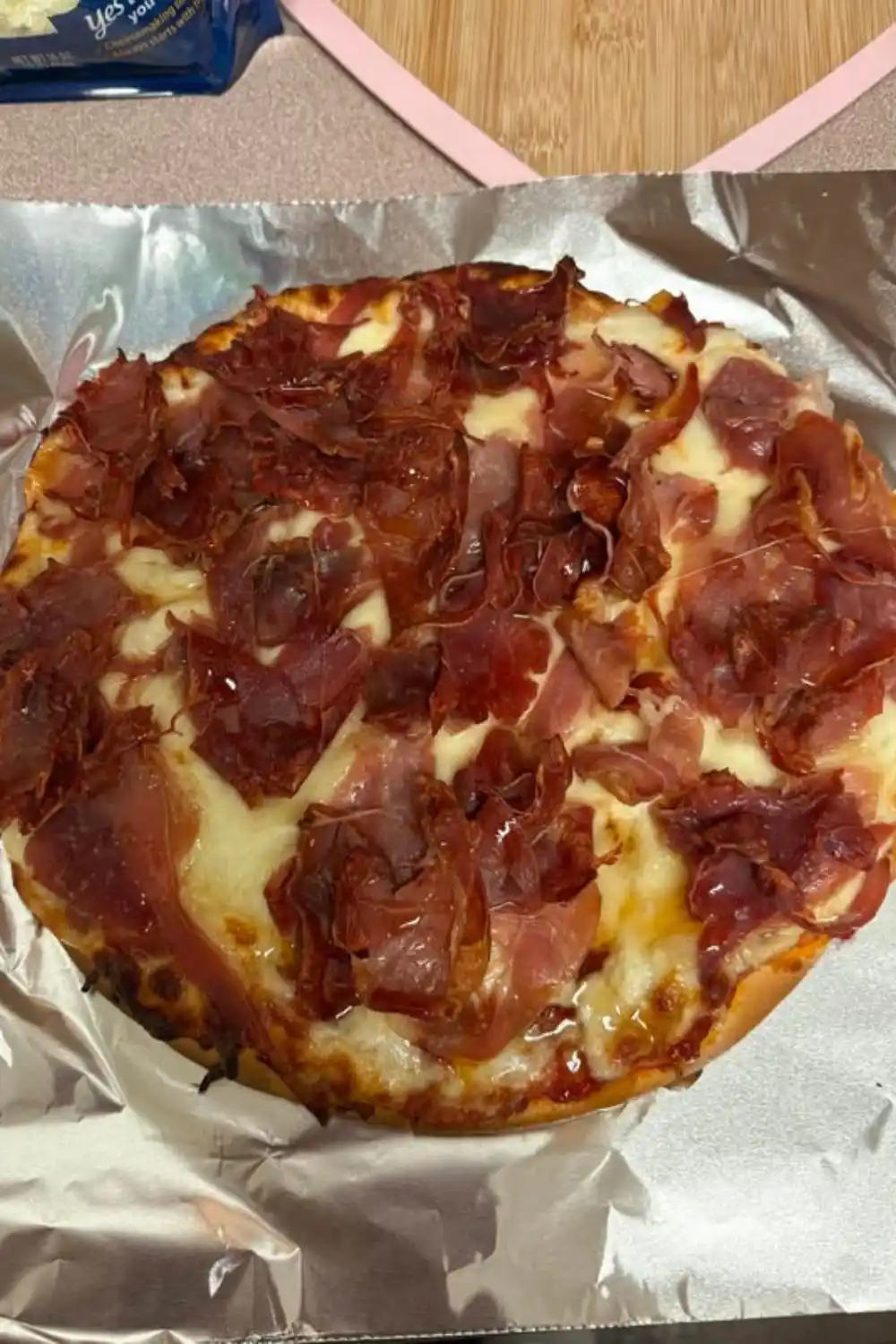Protein cookie dough recipe offers a delicious way to indulge in a sweet treat while staying healthy. This no-bake snack not only satisfies cravings but also provides essential nutrients to fuel your body. Unlike traditional cookie dough, typically high in sugar and unhealthy fats, this protein-packed alternative is nutritious and easy to make. Whether you’re following a specific diet or need a quick snack on the go, protein cookie dough recipe can be customized to suit your preferences.
In this guide, we’ll cover everything you need to create the perfect batch, from key ingredients to solving common issues.
Why Make Protein Cookie Dough?
Protein cookie dough isn’t just for fitness enthusiasts—it’s for anyone who wants to enjoy a healthier alternative to traditional desserts. Here are some key reasons why you should try making your own.
Health Benefits
- High Protein Content: With the addition of protein powder, this cookie dough is a great source of protein, which helps with muscle repair and growth.
- Lower in Sugar and Fats: Compared to regular cookie dough, protein cookie dough can be made with minimal added sugars and healthy fats.
- Promotes Satiety: Protein and fiber-rich ingredients help keep you feeling full longer, making it an ideal snack for weight management.
Convenience
- Quick and Easy: It takes less than 10 minutes to prepare, and there’s no baking involved.
- On-the-Go Snack: Pre-portion the dough into small bites or balls for a convenient snack to carry with you.
Versatility
- Multiple Ways to Enjoy: Eat it raw, use it as a topping for yogurt, mix it into your morning oatmeal, or blend it into a smoothie.
- Dietary Adaptability: Whether you’re following a keto, vegan, or gluten-free diet, there are countless ways to tweak the recipe to suit your needs.

Essential Ingredients for Protein Cookie Dough Recipe
To create the best protein cookie dough recipe, you’ll need the right combination of ingredients. Here’s a breakdown of the key elements that contribute to texture, flavor, and nutrition.
Protein Powder
Protein powder is the star ingredient in this recipe. Here’s how to choose the right one:
- Whey Protein: Great for smooth, creamy consistency. It mixes easily but isn’t suitable for vegans.
- Casein Protein: This adds thickness and can make the dough denser.
- Plant-Based Protein: Ideal for vegans, options include pea protein, soy protein, and hemp protein. These can have a slightly grittier texture but offer a clean taste.
Nut Butters
Nut butters add creaminess and healthy fats:
- Peanut Butter: Adds a rich flavor and is an affordable option.
- Almond Butter: A slightly milder, nuttier flavor that works well with vanilla or cinnamon protein powders.
- Cashew Butter: Creamier and naturally sweeter, this can elevate your cookie dough to a new level of decadence.
Sweeteners
Sweetness balances the protein’s flavor, and there are plenty of options:
- Honey or Maple Syrup: Natural sweeteners that add flavor and moisture.
- Stevia or Monk Fruit: Zero-calorie sweeteners that can be used for keto and low-sugar diets.
- Erythritol: A sugar alcohol that is popular in low-carb recipes.
Flours
Flour is essential for the texture of the cookie dough:
- Almond Flour: Adds a slightly nutty flavor and is low-carb.
- Oat Flour: Provides a softer texture and is gluten-free if using certified gluten-free oats.
- Coconut Flour: A good option for low-carb diets, but it absorbs a lot of moisture, so use sparingly.
Add-ins
Add-ins take your protein cookie dough recipe to the next level:
- Chocolate Chips: Opt for sugar-free or dark chocolate chips for a healthier option.
- Nuts: Add chopped walnuts, almonds, or pecans for extra crunch and fiber.
- Dried Fruit: Raisins, cranberries, or chopped dates for a touch of natural sweetness.
- Seeds: Add chia seeds or flaxseeds for a fiber and omega-3 boost.
How to Choose the Right Protein Powder ?
Choosing the right protein powder is crucial for taste and texture.
Considerations Based on Diet
- Vegan Options: Plant-based protein powders like pea or soy work well for vegans and those with dairy allergies.
- Gluten-Free: Ensure the protein powder you choose is certified gluten-free if you have sensitivities.
Texture and Taste
- Whey vs. Plant-Based: Whey protein creates a creamier texture, while plant-based proteins may have a grainier feel.
Nutritional Profile
- Look for protein powders with minimal additives and at least 20 grams of protein per serving. Avoid powders with too many fillers or artificial ingredients.
Best Protein Powders for No-Bake Recipes
For no-bake recipes like cookie dough, powders like Optimum Nutrition Whey, Orgain Organic Plant-Based Protein, and Garden of Life Raw Organic Protein are ideal because they mix easily and have great taste.
Step-by-Step Protein Cookie Dough Recipe
Here’s the ultimate protein cookie dough recipe that you can customize to your liking.
Ingredients List:
- 1 cup protein powder (your choice)
- ½ cup almond flour or oat flour
- ½ cup nut butter (peanut, almond, or cashew)
- ¼ cup honey or maple syrup (optional: use stevia or monk fruit for low-carb)
- 1 tsp vanilla extract
- Pinch of salt
- ¼ cup chocolate chips (sugar-free for keto)
- 1-2 tbsp milk or plant-based milk (to adjust consistency)
Instructions:
- Mix dry ingredients: In a large bowl, combine the protein powder, flour, and salt.
- Add wet ingredients: Stir in the nut butter, sweetener, and vanilla extract.
- Adjust consistency: Gradually add milk, one tablespoon at a time, until the dough reaches your desired texture.
- Add-ins: Fold in chocolate chips, nuts, or any other desired add-ins.
- Chill or serve: You can chill the dough for 15-20 minutes if you prefer a firmer texture or enjoy it right away!
Tips for Perfect Consistency:
- If your dough is too dry, add a little more milk or nut butter.
- If your dough is too sticky, add a bit more flour or protein powder.
Storage Tips:
- Store in an airtight container in the fridge for up to a week.
- Freeze portions for up to 3 months for a quick snack later.
Customizing Your Protein Cookie Dough Recipe
One of the best things about protein cookie dough is how customizable it is. Whether you’re following a specific diet or just want to change things up, here’s how to do it.
Flavors and Variations
- Chocolate Chip Cookie Dough: Classic flavor with dark chocolate chips and vanilla extract.
- Peanut Butter Cookie Dough: Use peanut butter and add peanut butter powder for extra flavor.
- Snickerdoodle Cookie Dough: Add cinnamon and a touch of brown sugar (or a low-carb alternative).
- Brownie Batter: Use cocoa powder and dark chocolate chips for a decadent treat.
Dietary Adjustments
- Vegan: Use plant-based protein powder and dairy-free milk.
- Keto-Friendly: Use almond flour, monk fruit, or stevia for a low-carb option.
- Gluten-Free: Ensure all ingredients, including protein powder and flour, are certified gluten-free.
Adding Superfoods
- Boost nutrition with chia seeds, hemp seeds, or a scoop of spirulina for added protein and nutrients.
Troubleshooting Common Issues
Here are solutions to common problems you might encounter while making protein cookie dough.
Too Dry or Crumbly Dough
- Add more liquid (milk, water, or extra nut butter).
- Incorporate a tablespoon of Greek yogurt for added moisture and creaminess.
Too Wet or Sticky Dough
- Add more flour or protein powder to absorb the excess moisture.
Off Flavors
- If your protein powder tastes too artificial, balance it out with a bit more natural sweetener or vanilla extract.
- Use unsweetened nut butter to avoid overpowering sweetness.
Lumpy Dough
- Mix the ingredients thoroughly and slowly incorporate the liquid to prevent lumps from forming.

Nutrition Breakdown: What to Expect from Protein Cookie Dough Recipe
One of the main advantages of protein cookie dough is its macronutrient profile. Here’s a general overview of the nutrition you can expect from one serving (approximately 2 tablespoons):
- Calories: 150-200
- Protein: 10-15 grams
- Carbohydrates: 8-12 grams (lower for keto variations)
- Fats: 10-12 grams
- Fiber: 2-4 grams
Comparing Protein Cookie Dough to Regular Cookie Dough
- Calories: Protein cookie dough contains fewer calories than traditional cookie dough.
- Sugar: Traditional cookie dough is packed with sugar, whereas protein cookie dough uses low-glycemic sweeteners.
- Protein: Traditional dough has almost no protein, while this recipe offers 10-15 grams per serving.
Making Low-Calorie or Low-Carb Adjustments
- Replace high-carb sweeteners with monk fruit or erythritol to lower the carbohydrate content.
- Use Greek yogurt in place of some nut butter to reduce calories while still maintaining a creamy texture.
Incorporating Protein Cookie Dough into Your Diet
Protein cookie dough is incredibly versatile and can be incorporated into your daily routine in several ways.
Pre-Workout or Post-Workout Snack
- Pre-Workout: Provides quick energy from carbohydrates and fats.
- Post-Workout: A perfect balance of protein and carbs for muscle recovery.
Meal Prep Ideas
- Make a large batch and divide it into snack-sized portions to grab throughout the week.
- Roll the dough into bite-sized balls for easy, portion-controlled snacking.
Toppings and Pairings
- Use protein cookie dough as a topping for smoothie bowls, yogurt, or oatmeal.
- Pair with apple slices or rice cakes for a balanced snack.
Dessert Alternative
- Freeze the dough and use it as an ice cream topping for a healthier dessert option.
Protein Cookie Dough for Different Lifestyles
Protein cookie dough can be adapted to suit various lifestyles and dietary needs.
For Athletes
Athletes can benefit from protein cookie dough’s high-protein content, which helps with muscle repair and recovery.
For Vegans
Use plant-based protein powder and non-dairy milk to create a completely vegan version of this recipe.
For Kids and Families
Protein cookie dough can be a fun and healthy snack for kids. It’s a great way to sneak more protein into their diet without them even realizing it.
For Busy Professionals
Make a batch ahead of time and store it in the fridge for quick, no-fuss snacks that you can take to work.
FAQs About Protein Cookie dough Recipe
Yes, this protein cookie dough is completely safe to eat raw since it contains no raw eggs or traditional flour.
Yes, you can bake it, but the texture may differ from traditional cookies. Expect a denser, chewier result.
Protein cookie dough can last up to one week in the fridge if stored in an airtight container.
Whey, casein, and plant-based protein powders all work well, but the best choice depends on your dietary preferences and texture preference.
Yes, you can break up protein bars and mix them into the dough, but it may alter the consistency and flavor.
Yes, by using almond flour, monk fruit sweetener, and low-carb chocolate chips, you can create a keto version of this recipe.
Yes, freezing protein cookie dough is a great way to extend its shelf life. Portion it out before freezing for quick snacks.
Good options include stevia, monk fruit, and erythritol for low-sugar or keto versions.
Protein Cookie Dough Recipe Ideas from Around the Web
Protein cookie dough is trending across food blogs and social media. Here are some popular variations and inspirations:
- Edible Protein Cookie Dough Balls: Roll your dough into balls for bite-sized snacks.
- Protein Cookie Dough Brownies: Use the dough as a topping for brownies or mix it into brownie batter for a protein boost.
- Frozen Protein Cookie Dough Pops: Freeze small scoops of dough on sticks for a fun, summer treat.
Common Mistakes to Avoid
Overpowering Protein Taste
Balance the taste of the protein powder by adding natural sweeteners like honey or stevia.
Incorrect Consistency
Ensure you’re using the right flour-to-liquid ratio. Too much flour can make the dough dry, while too little can leave it sticky.
Using the Wrong Protein Powder
Make sure to choose a protein powder that complements the flavor and texture of your dough.
Over-Sweetening or Under-Sweetening
Taste as you go to ensure your dough isn’t too sweet or not sweet enough.
Conclusion and Final Tips
Protein cookie dough is the perfect snack for anyone looking to enjoy a healthier, protein-packed treat. It’s easy to make, customizable, and suitable for a variety of diets. Whether you’re following a strict nutrition plan or simply looking for a guilt-free indulgence, protein cookie dough has something to offer.
Feel free to experiment with flavors, textures, and dietary adjustments to make the perfect version of this versatile recipe!
Print
Protein Cookie Dough Recipe Healthy and Delicious
- Total Time: 10 minutes
Description
Protein cookie dough offers a delicious way to indulge in a sweet treat while staying healthy. This no-bake snack not only satisfies cravings but also provides essential nutrients to fuel your body. Unlike traditional cookie dough, typically high in sugar and unhealthy fats, this protein-packed alternative is nutritious and easy to make. Whether you’re following a specific diet or need a quick snack on the go, protein cookie dough can be customized to suit your preferences.
Ingredients
- 1 cup protein powder (your choice)
- ½ cup almond flour or oat flour
- ½ cup nut butter (peanut, almond, or cashew)
- ¼ cup honey or maple syrup (optional: use stevia or monk fruit for low-carb)
- 1 tsp vanilla extract
- Pinch of salt
- ¼ cup chocolate chips (sugar-free for keto)
- 1–2 tbsp milk or plant-based milk (to adjust consistency)
Instructions
- Mix Dry Ingredients: In a large bowl, combine the protein powder, flour, and salt.
- Add Wet Ingredients: Stir in the nut butter, sweetener, and vanilla extract.
- Adjust Consistency: Gradually add milk, one tablespoon at a time, until the dough reaches your desired texture.
- Add-ins: Fold in chocolate chips, nuts, or any other desired add-ins.
- Chill or Serve: You can chill the dough for 15-20 minutes if you prefer a firmer texture or enjoy it right away!
Notes
Tips for Perfect Consistency:
- If your dough is too dry, add a little more milk or nut butter.
- If your dough is too sticky, add a bit more flour or protein powder.
Storage Tips:
- Store in an airtight container in the fridge for up to a week.
- Freeze portions for up to 3 months for a quick snack later.
- Prep Time: 10 minutes
- Category: Dessert
- Cuisine: Americans
Keywords: Protein Cookie Dough Recipe

